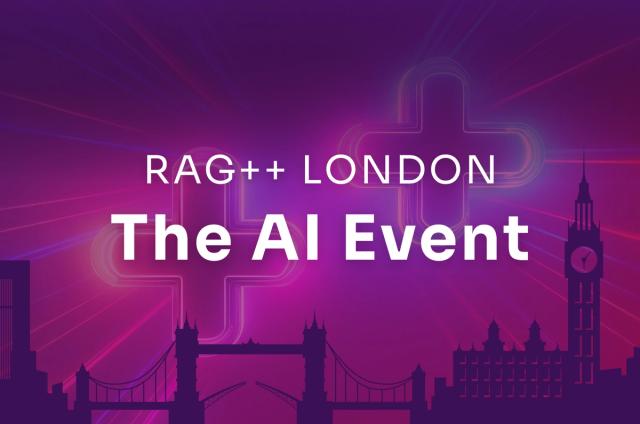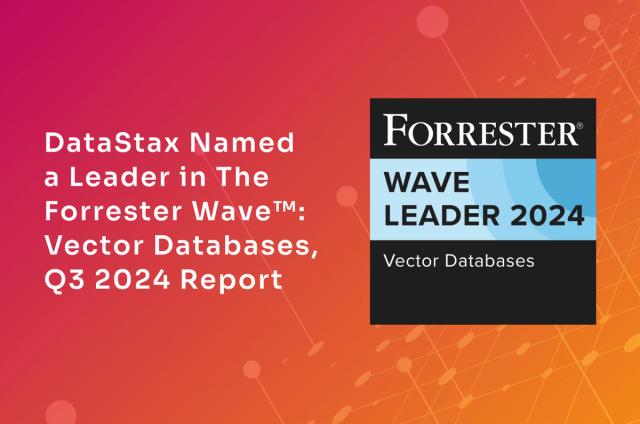What’s New in DSE Graph 6

What’s New in DSE Graph 6
Introduction
We’re pleased to introduce you to the great new features we’re rolling out with DataStax Enterprise (DSE) Graph 6.
DSE Graph is tightly integrated as an optional component within DSE, providing a unique experience where graph, search, transactional analytics, management, and developer tools are provided through the industry's best distributed cloud database designed for hybrid cloud.
DataStax continues to lead innovation in the graph database market via the various graph innovations being released in DSE 6, which include:
- Integration with DSE Advanced Performance
- Smart analytics query routing
- Advanced schema management
- Batch Fluent API Gremlin support
- Support for TinkerPop 3.3.0
- Great user experience enhancements to Studio
And much more.
DSE Graph adoption is increasing rapidly, and we’re very excited to see all the positive feedback and real-world wins from DSE Graph usage.
With this increased adoption, we’ve been receiving more and more practical product requests and feedback. The release of DSE 6 puts DSE Graph on a very exciting path of ever-increasing unification with DSE. The future is bright for DSE users looking to build applications using the best distributed cloud database available.
Now, let’s review some of the great features introduced in DSE Graph 6.
Advanced Performance
DSE 6 provides differentiating performance through DSE Advanced Performance. DSE Graph receives many benefits from this game-changing innovation implemented in DataStax’s distribution of Apache CassandraTM because DataStax’s distribution of Cassandra is the storage layer for DSE Graph.
We are seeing much better throughput for DSE Graph 6 compared to previous versions. For example, one-hop traversal performance (g.V().out() style traversals) has increased almost 50% while two-hop traversal (g.V().out().out() style traversals) performance has increased almost 60%. The extra throughput means DSE Graph users will receive even more value from DSE 6 as DSE Graph is able to handle more requests per node.
Smart Analytics Query Routing
DSE Graph 5.1 introduced a first of its kind innovation with the introduction of DSE Graph Frames. This feature provides a powerful method to work with full graphs, or large subgraphs, for transactional analytics purposes (think histograms of data contained in the graph), mass data transformation/movement, and Apache Spark™-based machine learning algorithms. DSE Graph Frames provides additional analytical graph functionality on top of the Gremlin standard Gremlin OLAP features.
With DSE Graph 5.1, we quickly learned that some items like transactional analytics were much faster using DSE Graph Frames vs. Gremlin OLAP. That’s why with the release of DSE 6, graph users will no longer have to choose which analytical implementation to use to perform a graph analytics operation. With DSE 6, the DSE Graph engine will automatically route a Gremlin OLAP traversal to the correct implementation, resulting in the fastest and best execution for end users.
With DSE 6, Graph users will receive a simplified experience that’s proven to provide the fastest execution for graph analytic traversals.
Advanced Schema Management
DSE Graph was built based on years of graph experience by the team that has built both Apache Tinkerpop™ and the Titan graph database. The team knows how to solve distributed graph problems.
The initial releases of DSE Graph provided a schema that was very flexible but also fixed. To provide a simplified production experience, users were given the ability to remove existing graph schema elements, like Vertex Labels or Properties. With DSE Graph 6, users will now be able to remove any graph schema element they need, giving them a very similar schema experience compared with the rest of DSE.
Batch Fluent API Gremlin support
One of the major areas of innovation that DataStax is providing in the graph database market is through the Apache Tinkerpop graph processing framework, specifically the Gremlin query language. With the release of Gremlin version 3, Gremlin has evolved into the standard distributed graph processing language. One of the newer features of Gremlin that’s been introduced over this past year is the Gremlin Byte Code functionality that’s enabled Gremlin’s Language Variants (GLVs). DataStax is leading the way with implementing enterprise-ready drivers that know how to leverage GLVs to provide a superior graph experience, through a feature named the DataStax Driver Fluent API.




